Paradigm Shift: DEI, Anti-DEI, or Underrepresentation?
Diverse: Issues in Higher Education
DECEMBER 8, 2024
Diversifying representation sends a signal to students, faculty, and other stakeholders that leadership is attainable, and education serves as a gateway to socio-economic gains for communities and the citizens they serve. In a perfect world, governing boards and leadership demographics would mirror the student population (Higgs, 2014).


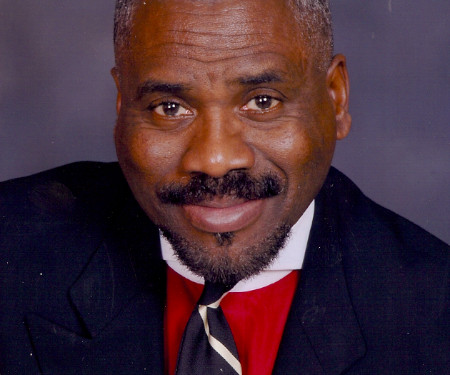
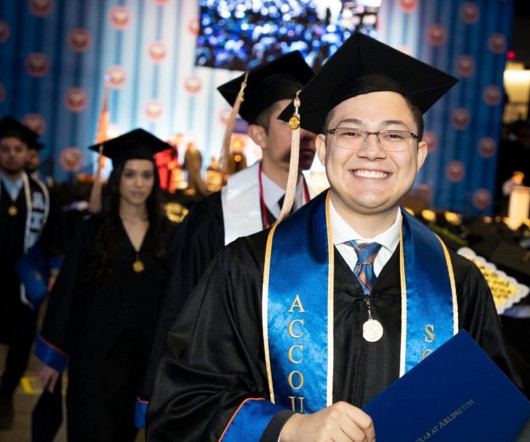
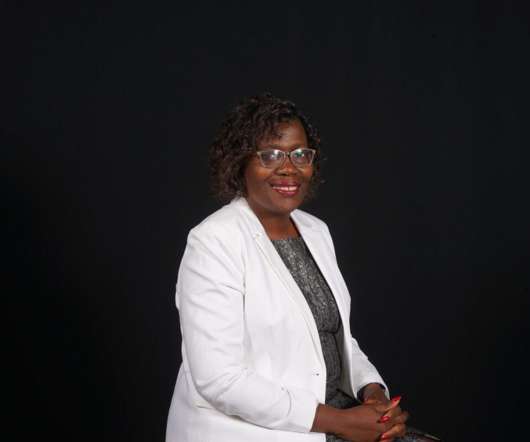



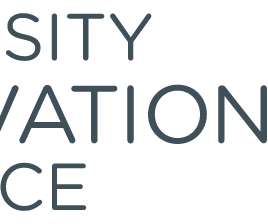

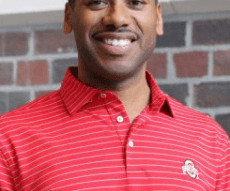

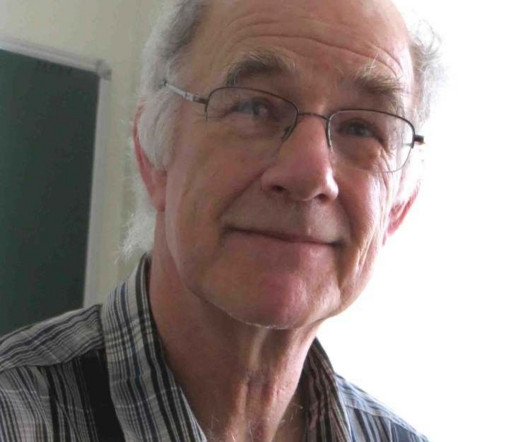
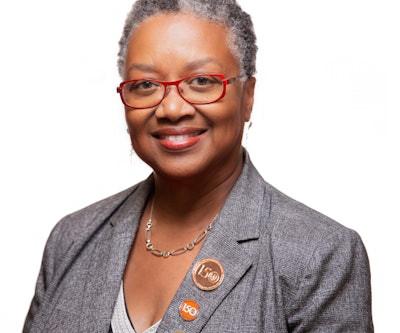






Let's personalize your content